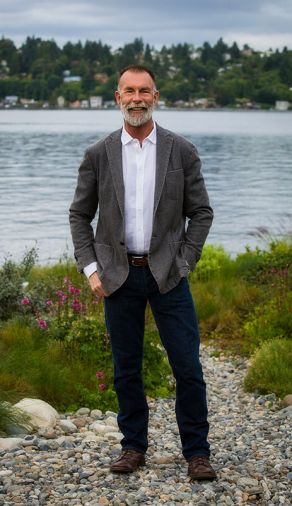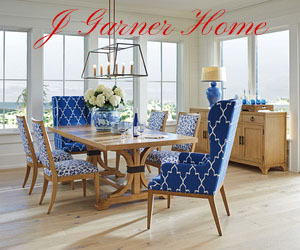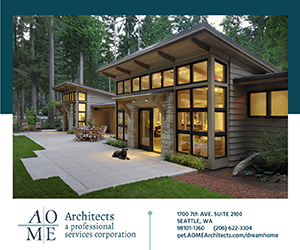Shoptalk - Paul R. Broadhurst
You mention being raised in a small town south of London. How did growing up near the English countryside influence your future work in landscape design?
There is a tremendous coziness to the English countryside—it is a domesticated wilderness. You can always find a way to insert yourself into it in a pleasing way. A footpath across fields that may have been a public right-of-way for 500 years could lead to a pub for lunch. Along the way, birds and wildlife might cross your path. At dusk a badger might amble by on its own established trail that leads to its sett. I love that, as a human, I can uniquely flex my creativity to design spaces which can encourage a diversity of connections.
You describe yourself as a humanist and an environmentalist. How does that translate into your landscapes?
We are an unusual animal, arguably unique. I try to understand the human condition at a simple level, say, what gives pleasure and then by designing outside space I blur the margin between built and unbuilt and provide opportunities to re-engage with nature’s rhythms.
Can you share a few of your favorite gardens, worldwide?
Denmans Garden in West Sussex, England, and the Donnell Garden in Sonoma, California, were both influential. The countless “gardens” that comprise Versailles. The Generalife at the Alhambra, Granada, Spain. All these places are tangled up with associated memories with friends and the nearby countrysides.
Do you have a specific plant or a particular flower that you love?
Manzanita ‘Howard McMinn.’ Here is an “improved” plant cultivar that has not lost touch with its innate wildness. It is a gnarly thing in a good way. Nicotiana Aztec Jasmine. My summers would be bereft without it. The scent evokes a lifetime full of fond memories.
How did you start your career as a landscape designer?
Formally, as soon as I wrapped up my master’s degree in landscape architecture, in the early 90s. But informally, I have been refining my skills for many years before this. I can’t remember not designing.
Describe your personal garden.
I live in a very high-density neighborhood, so we have terraces with everything in oversized pots. A very old elm tree just collapsed on our street corner and it shaded 60% of our space. The tree supported an entire urban ecosystem. I will miss the associated comings and goings of wildlife. I like aromatics and fragrance, so our pots are stuffed with artimisia, lippia and scented-leaf geraniums, to name a few—anything that I can brush past, pinch and grab, as I head out to start my day. I smell my fingers as I am driving. In the evening, I return to star jasmine, honeysuckle and scented nicotiana. I am guilty of terrorizing our local squirrels, but they always seem to have the upper hand.
Many of your landscapes create or restore the connections between plants, wildlife, and people. Why is this important?
We are increasingly divorced from the natural world—its rhythms and natural processes. My work is all about having a mindfulness to our connection with it. It’s about building relationships. But then, isn’t everything, really? If a design facilitates a wider perspective, all kinds of things can then start to open up.
A crevice fern thriving in cool gritty soil, softening the outlines of a large sun-warmed rock; a flower that attracts hummingbirds; a seat to share with a friend under the canopy of a small tree. All these things can exist within a 15-foot radius.
For more information visit: www.broadhurstassociates.com






